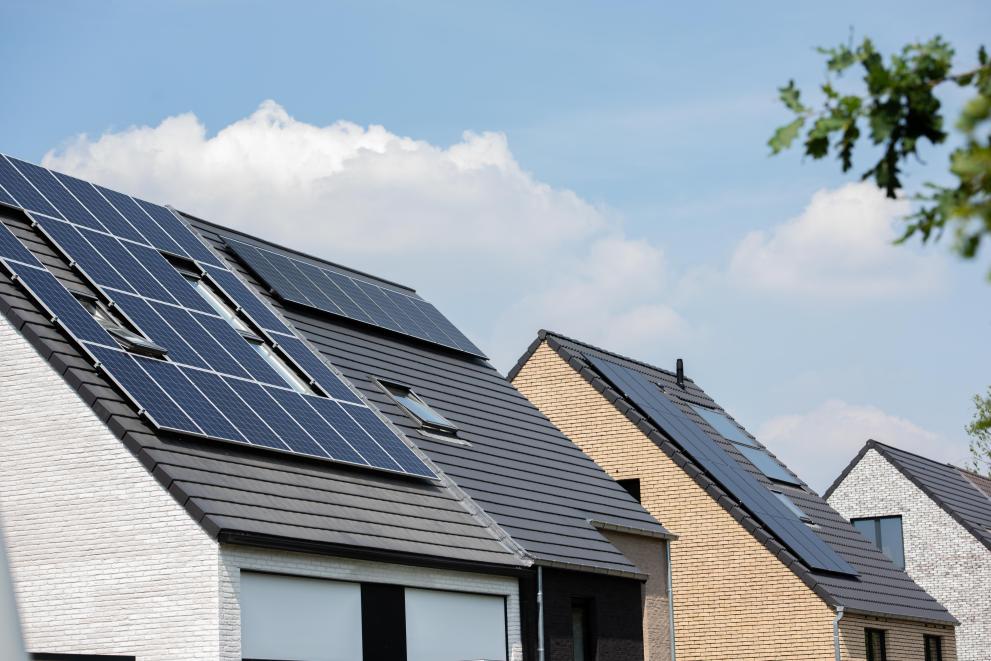
Widespread adoption of rooftop solar panels is crucial for the clean energy transition worldwide. However, the effectiveness of rooftop photovoltaics (RTPV) implementation varies globally.
A collaborative study between the JRC and research institutions worldwide shows that RTPVs have a great potential to achieve net-zero energy buildings across various climatic zones and roof thermal insulation levels. This is particularly the case for low-rise buildings in moderate to warm climates.
Yet, the study emphasises that, by combining RTPVs with energy efficiency measures and innovative technologies, it is possible to counter drawbacks in extreme climates and make the concept of energy neutral buildings extendable to high-rise constructions.
Thermal insulation and new technologies to increase RTPV efficiency
RTPV influences buildings energy behaviour and related thermal exchanges through the roof. In warmer to hot climates, besides reducing cooling demand, RTPV enhances indoor comfort by reducing roof heat flow and thus indoor temperatures. Moreover, enhancing thermal insulation, crucial in colder regions, offsets RTPV presence effects on uninsulated roofs by reducing heating demand in winters and cooling demand during summer nights.
Emerging technologies could boost RTPV efficiency by 30%, which, according to the study, would facilitate the decarbonisation of high-rise buildings (with limited rooftop area), without the need of full coverage with building-integrated PV. Additionally, implementing cooling RTPV surfaces in hotter climates could enhance efficiency by up to 20% and increase power output by 15%.
Overall, there is a consensus that a comprehensive approach integrating energy efficiency with renewable energy production is the most effective way to reduce non-renewable energy consumption and cut carbon emissions.
Social benefits of RTPV
Scaling up RTPV deployment could significantly contribute to city decarbonisation, especially in areas with carbon-intensive electricity grids. Moreover, empowering citizen awareness of energy production through RTPV is crucial for mitigating climate change.
Widespread RTPV deployment not only offers direct benefits but also creates employment opportunities, enhances security, and promotes energy independence. Technological changes can be accompanied by several rebound effects and may introduce new environmental challenges.
Buildings, optimized for energy efficiency and RTPV integration, should be part of a broader sustainable citywide framework of net-zero energy neighbourhoods that embrace nature-based solutions, enhanced liveability and resilience.
A meta-analysis of rooftop photovoltaics all around the globe
The study draws its insights from a critical climate-related RTPV characterisation worldwide, investigating the RTPV performance in relation with global horizontal irradiation and local environmental parameters, including space-conditioning requirements.
Three specific areas were investigated: (i) the impact of RTPV on building dynamics, (ii) its role in achieving the nearly-zero energy building target, and (iii) potential strategies to enhance overall energy efficiency.
The meta-data analysis focuses on 348 articles related to PV rooftop research in America, China, Europe, and India, published after 2020.
Related links
Critical assessment of large-scale rooftop photovoltaics deployment in the global urban environment
Details
- Publication date
- 18 January 2024
- Author
- Joint Research Centre
- JRC portfolios




